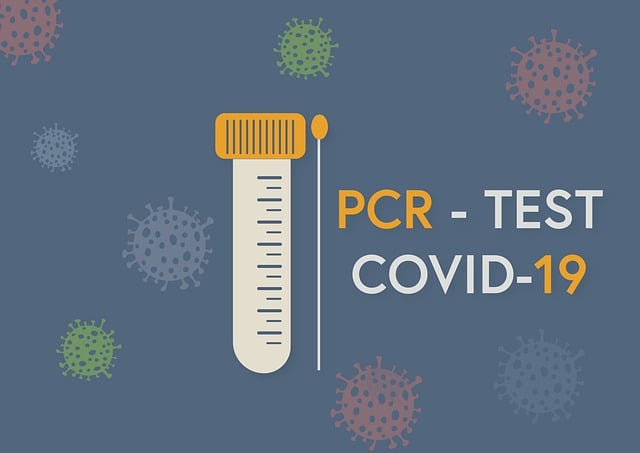In Texas (TX), lead exposure from historical industrial uses and outdated buildings poses significant health risks. Advanced air monitoring techniques using portable and fixed systems help maintain safe workspaces. Robust safety protocols including regular testing, professional devices, engineering controls, and worker training are vital for TX workplaces to protect employees, comply with regulations, and ensure optimal air quality.
In Texas, lead exposure poses significant risks to workers across various industries. This article explores comprehensive air monitoring strategies to ensure safe workspaces in TX. We delve into understanding the unique lead exposure hazards specific to the state, while also highlighting advanced air monitoring techniques. Additionally, it provides practical guidance on implementing effective lead safety protocols, empowering professionals with the knowledge to protect themselves and their colleagues from these invisible dangers.
- Understanding Lead Exposure Risks in TX
- Air Monitoring Techniques for Safe Workspaces
- Implementing Effective Lead Safety Protocols
Understanding Lead Exposure Risks in TX

In Texas (TX), understanding lead exposure risks is paramount for both occupational and environmental health. Lead, a toxic heavy metal, has been linked to severe health issues, especially in children, including developmental delays, learning disabilities, and neurological damage. Given its historical use in various industries and construction practices, TX faces unique challenges in mitigating lead exposure.
One of the primary sources of lead exposure in TX is outdated buildings with paint containing high levels of lead. Remodeling or renovation projects can inadvertently release these hazardous particles into the air, posing risks to workers and nearby residents. Additionally, industrial facilities that manufacture or process products with lead components must implement stringent air monitoring strategies to ensure compliance with Texas environmental regulations and protect public health.
Air Monitoring Techniques for Safe Workspaces

Air monitoring techniques play a pivotal role in ensuring safe workspaces, especially in environments where hazardous substances are present. In Texas, various strategies have been developed to safeguard workers from respiratory risks. One of the primary methods involves using portable air monitors that can detect and quantify airborne contaminants in real-time. These devices, equipped with advanced sensors, allow for continuous monitoring, enabling immediate action if unsafe levels are detected.
Additionally, fixed air monitoring systems are installed in permanent locations to provide ongoing surveillance. This approach is particularly effective in industrial settings where emissions and dust collection are constant concerns. By combining these techniques, Texas workplaces can maintain optimal air quality, ensuring the well-being of their employees and compliance with safety regulations.
Implementing Effective Lead Safety Protocols

Implementing effective lead safety protocols in Texas is paramount for protecting workers and ensuring compliance with state regulations. Lead monitoring should be a comprehensive process that includes regular air quality testing, especially in industries where lead-based materials are handled or encountered. Professional air monitoring devices equipped to detect lead levels at various concentrations are essential tools for maintaining a safe work environment.
These protocols demand proactive measures such as engineering controls and administrative precautions alongside personal protective equipment (PPE). Proper training for employees on the hazards of lead exposure and safe handling procedures is crucial, fostering a culture of safety in TX workplaces. Regular inspections and maintenance of monitoring equipment guarantee accurate data collection, enabling timely interventions when lead levels exceed acceptable limits.
In Texas (TX), understanding and mitigating lead exposure risks are paramount for maintaining safe workspaces. By employing advanced air monitoring techniques, such as real-time continuous monitoring and sampling, businesses can effectively track and control lead levels in the air. Implementing robust safety protocols, including regular training and proper equipment use, ensures a proactive approach to protecting workers’ health in high-risk industries prevalent across TX. These strategies not only comply with regulations but also foster a culture of safety, ensuring a healthier and more productive work environment.
